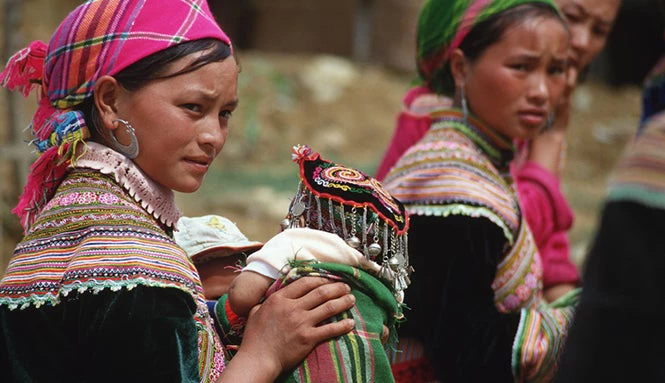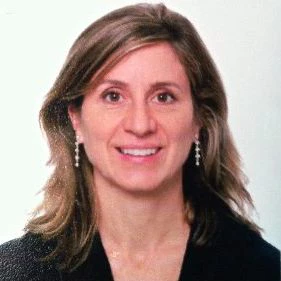
Where are these 370 million people, who are they, and why they are so overrepresented among the poor?
Only about 8% of the Indigenous Peoples around the world reside in Latin America, a far smaller number than most people surmise. On the other hand, over 75% live in China, South Asia and Southeast Asia, according to World Bank’s first global study of poverty among Indigenous Peoples across the developing world, Indigenous Peoples, Poverty, and Development.

Who is Indigenous?
The answer to this question is complex as there is no universally imposed or accepted definition but the United Nations has outlined some general characteristics. Indigenous peoples are recognized in international or national legislation as having a set of specific rights based on their historical ties to a particular territory, and their cultural, linguistic or historical distinctiveness from other populations that are often politically dominant. Indigenous identity can be contentious and fraught with political sensitivities as recognition of a given group can trigger human rights obligations and claims to resources.
Who counts as indigenous can also vary significantly over time, and according to definition. One report gives an example of Guatemala, where very few people self-identified as Indigenous during the civil unrest of the 1980s and 90s, but after the 1996 peace accords when it became safe to declare Indigenous identity, the number of self-identified Indigenous people jumped by 6 percentage points. In Peru, as reported in a recent World Bank report Indigenous Latin America in the Twenty-First Century, almost 1/3 of the national population is Indigenous according to self-identification, but the number drops to 16% if only classifying those who speak an Indigenous language.
There are also different terms used around the world: in China, the term ‘ethnic minority’ often denotes what in other countries is considered to be Indigenous, while ‘scheduled tribe’ or ‘Adivasi’ (“first inhabitants”) is commonly used in India. In the northern part of Scandinavia and parts of Russia, Saami are refers to Indigenous peoples of that region. In Africa, terms depicting socio-economic livelihoods such as pastoralism, hunter gatherers and in some cases, fishers and farmers are also used. The key is to apply the concept flexibly with an emphasis on self-identification taking into account country and context.
Indigenous Peoples are poorer - everywhere
By compiling national survey data from ten countries in Latin America, Asia, and Africa, the study is able to assess poverty rates and trends for about 80% of the world’s Indigenous population. We cast a wide net by including all peoples - data allowing - who satisfy any definition of being indigenous, as set forth by a government, institution, or self-identified indigenous organization.
The research found that in every country studied, Indigenous peoples are poorer. The Indigenous poverty headcount (the percent of the population living below the poverty line) is much larger than for the non-indigenous population, and the poverty gap (the distance from the poverty line) is far larger than the national average. This means that not only are there more Indigenous peoples than non-indigenous classified as poor, but that their poverty is also more severe. This manifests in various ways including insecure land and property rights, discrimination, heightened vulnerability to risk and climate change, and a wide range of health, education and other related socio-economic disparities.
Constructing trendlines in poverty rates and going back in time as far as possible - in some cases over more than 20 years, revealed that, in almost all cases, poverty rates for indigenous populations fall more slowly than for the non-indigenous (see chart below), meaning inequality between these two groups was growing. This trend continues, as recent reports from Latin America show that the gap between poverty rate for indigenous and non-indigenous population is not closing, and in some cases is growing. While China appears to be an exception to this global trend, the data for China span a far more limited period than the available data for other countries, so this result is less robust.

Source: Indigenous Peoples, Poverty and Development
What can be done?
Why has poverty been more widespread, more severe, and harder to overcome for Indigenous peoples – and what can be done about it? A myriad of factors likely underpin the ‘stickiness’ of the Indigenous poverty gap – geographical and political exclusion, historical oppression, limited infrastructure and physical capital assets, heightened exposure to risk, etc. – but there is emerging evidence that investing in early childhood development and reducing discrimination are especially critical keys to unlocking the indigenous poverty trap. Both are areas deserving of more policy and research attention. We will talk about them more in the next two posts – stay tuned.




Join the Conversation